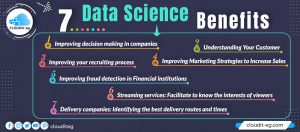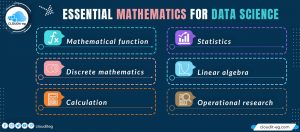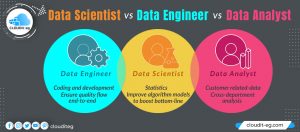Business Intelligence vs Data Science? Before the creation of Data Science by companies, engineers occupied the position of analyst and this type of position was called: data analyst or business analyst. Later, the discipline of Business Intelligence (BI) brought together a core of analysts working to extract information, often company-specific data. It sounds like our definition of data science. So what is the difference between Data Science and Business Intelligence (BI)? Are they the same?
I would say that while Data Science has some distinct differences from Business Intelligence, you can reasonably think of it as an evolution of BI. To illustrate this point of view, we will examine how these two disciplines differ and are alike.
What is Business Intelligence?
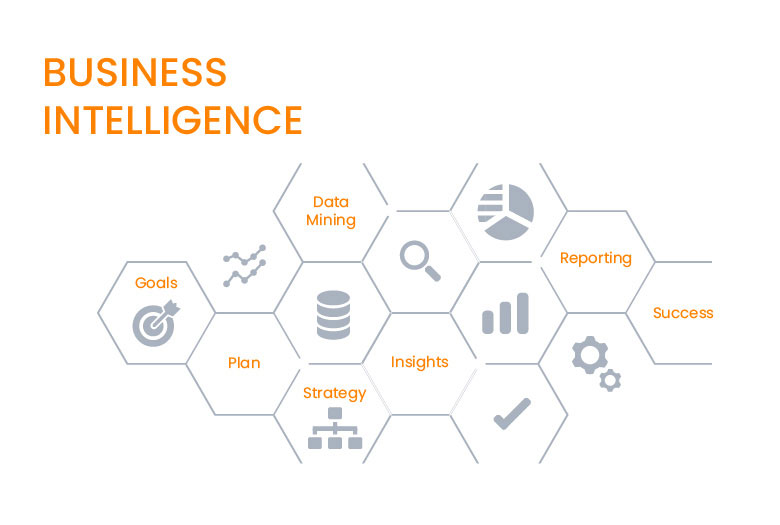
Business Intelligence (BI) is a process of analyzing data and presenting actionable insights. This information helps executives, managers, and other company executives make informed business decisions.
BI encompasses a wide variety of tools, applications, and methodologies that enable organizations to collect data.
These data will then allow:
- Set up analysis;
- Develop and execute queries on this data;
- And create reports, dashboards, and data visualizations to make analysis results available to decision-makers.
What is Data Science?
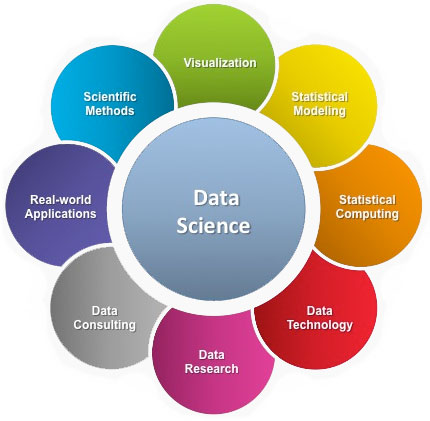
Data Science studies where information comes from, what it represents, and how it can be turned into a valuable resource for building business and IT strategies.
Harnessing large amounts of structured and unstructured data to identify patterns can help an organization control costs, increase efficiency, identify new market opportunities, and strengthen its competitive advantage.
The field of data science employs mathematics, statistics, and computer science disciplines, and integrates techniques such as machine learning, data mining, and visualization.
Difference between Data Science and Business Intelligence
While BI is a simpler version, data science is more complex. BI is about dashboards, data management, organizing data, and producing insights from data. Whereas data science is all about using statistics and complex tools on data to predict or analyze what might happen.
In the rest of this article, we will see in detail the difference between Data Science and BI.
1- BI analysts focus on the “what” rather than the “why”
The main job of a BI analyst is to find patterns and trends in historical company data.
Much of this makes BI an exploration of past trends, as data science finds predictors and predicts trends. The two points of view are ultimately valuable and complementary. The data aggregation and transformation performed by BI analysts puts data into a format that is easily reconfigured by Data Scientists when building models.
The typical BI analyst toolkit consists of software such as BI dashboards and programming languages such as SQL for manipulating databases and queries. Using these tools, BI analysts can assess the impact of certain events on a company’s bottom line or compare a company’s performance to that of other companies in the same market.
However, they are rarely required to predict future business indicators with great precision, as this requires more technical skills.
2 – Data Scientists apply an algorithmic approach
In contrast, Data Scientists have a set of algorithms that they use to understand and predict how well a business is performing.
Understanding that performance requires more technical skills based on statistics, machine learning, and programming. In addition to languages such as SQL, a Data Scientist should also know how to code in languages designed for mathematical analysis, such as R, Python, or Scala.
Using these programming languages, a Data Scientist can create a framework that leverages historical data – as well as data being created – to predict future events.
Models designed by Data Scientists can constantly “learn” from entered data, so results remain precise and relevant.
3 – Technology comparison
The market is becoming increasingly competitive, with increasingly complex business issues, and to drive innovation, companies must move from traditional BI to Data Science.
This does not detract from the importance of BI analysts, as they are the ones who would uncover trends and trends in a company’s historical data. Arguably, BI analysts explore past trends, while Data Scientists find predictors and meaning behind those trends. In this way, data scientists help companies mitigate the uncertainties of the future by providing them with valuable information, such as hierarchy, costs, risk forecasts, and more.
BI is all about answering questions that might not seem obvious in a business unit. They help visualize the relationships between various variables but do not predict them exactly. BI is about the “what” of business and is not easy to gain new meaning or apply insights to new data. Because BI traditionally used records stored in relational databases, the structure of the database was intrinsically linked to the types of questions it could answer.
Data science, on the other hand, follows a different path than BI because it relies on predictive analytics, using more explicitly the statistical method. Unlike simply looking for models, data scientists conduct experiments and hypotheses to reach the “why” and “how” aspects of a problem. A data scientist profile would combine statistics, computer science, and business understanding. Even more attention to applied statistics.
Conclusion
Although there is a difference between Data Science and BI, both remain reciprocal enablers and it can be said that data science is best done in conjunction with BI. Both must have an effective understanding of the business trends hidden in large volumes of data. While BI is the logical first step, data science follows for deeper insight.


